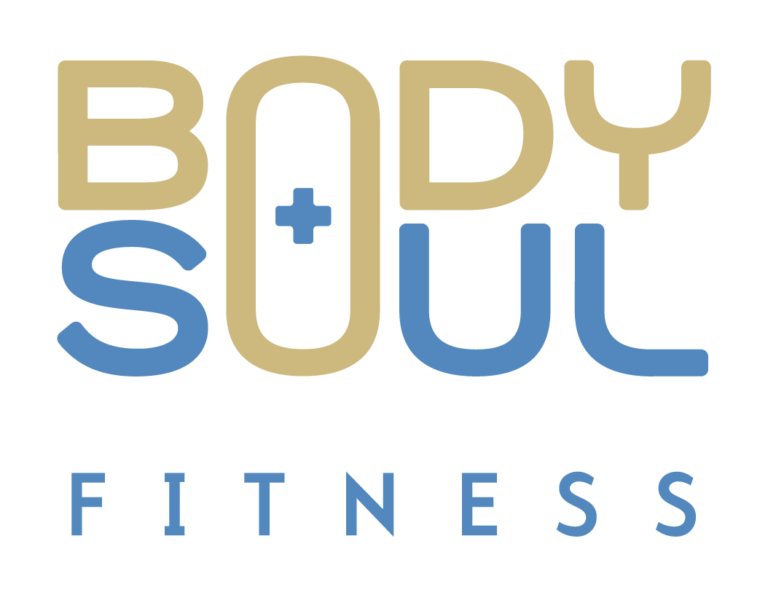Basic anatomy of the lower back or lumbar spine.
Your lower back is the area between your lowest rib and the upper part of the buttock. Your spine in this region has a natural inward curve. This curve is called Lordosis and it actually serves several purposes.
Firstly, the spine supports the weight of the upper body. It also aids in reducing the concentration of stress in the area.
The lower back has 3 major contributors. Vertebrae, discs, and facet joints. Your lumbar vertebrae are labelled L1 to L5 which increase in size allowing them to bear more weight.
Your discs sit in between your vertebrae, the discs provide cushioning & help with shock absorption.
Finally, the facet joints are connected to the spine. They provide stability and also allow movement in different directions. The joints are lined with cartilage which allows for smooth movement.
There are several nerves that run along the lumbar of the spine.
Your L1 spinal nerve provides sensation to your groin and genital regions and may contribute to the movement of your hip muscles.
Your L2, L3, and L4 spinal nerves provide sensation to the front part of your thigh and along the inner side of your lower leg. These nerves also control movements of your hip and knee muscles.
Your L5 spinal nerve provides sensation to the outer side of your lower leg, the upper part of your foot, and the web-space between your first and second toes.
The L4 and L5 nerves (along with other nerves) contribute to the formation of the largest nerve in your body, the sciatic nerve, which runs down from your rear pelvis, into the back of your leg, and terminates in your foot.

Andrew Maynard
Share This Post
Andrew introduces the workshop on low back health, and the common problem he will focus on: lower back pain. He discusses what constitutes as low back pain, increases your understanding of the issue, and reviews what the rest of the workshop will cover.
With back pain, we are immediately driven to know what’s wrong and how to relieve it. However, first understanding spinal anatomy is a key way to better grasp the issue and evaluate treatment options. Andrew covers basic anatomy of the lower back, to better increase your understanding of what is causing your aches and pains.
Join Andrew in exploring a few of the largest causes of lower back pain, namely lumbar compression of the spine, arthritis and muscle tightness. He dives into what each contributor is, how it effects the spine and other parts of the body, and best-known treatments.
Lifestyle has a massive impact on your lower back pain, and creating healthy, positive habits can provide relief, mitigate stiffness and prevent future issues. In this portion of the workshop, Andrew discusses top three habits to steer clear of, and top three lifestyle practices to implement into your daily routine, so you can start living a pain-free life.
Join Andrew in this 20 minute, follow-along stretching routine to reduce tightness, and bring relief to your low back. Implementing these quick and easy stretches into your daily routine will show positive, long-term results!
Andrew wraps up the workshop on lower back health with a few final tips and thoughts you can apply in your day-to-day routine.
